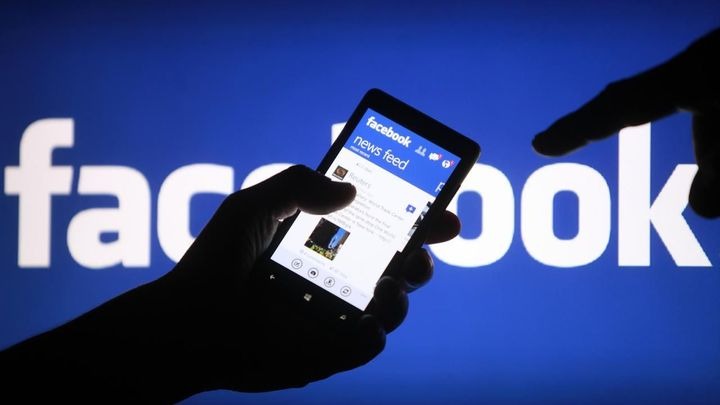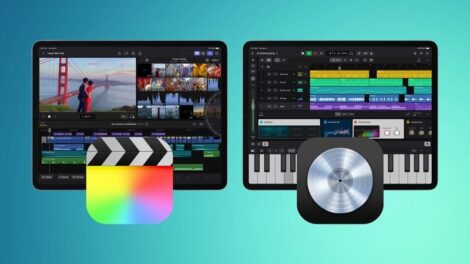Tired of the constant barrage of updates, ads, and privacy concerns on Facebook? If you’re ready to bid farewell to the social media giant, this comprehensive guide will walk you through the intricate process of permanently deleting your Facebook account. Buckle up, as we delve into the nitty-gritty details, addressing every potential question and concern you might have along the way.
Why Should I Delete My Facebook Account?
Is it really necessary to delete my Facebook account?
Before we dive into the “how,” let’s address the burning question: Why should you consider deleting your Facebook account in the first place? The reasons can be numerous, ranging from privacy concerns to mental health implications, or simply a desire to declutter your digital life.
Facebook has faced numerous scandals and controversies over the years, including data breaches, privacy violations, and the spread of misinformation. If you’re uncomfortable with the amount of personal data Facebook collects or the way it’s being utilized, deleting your account might be the best solution.
Additionally, many experts have pointed out the potential negative impact of social media on mental health, particularly when it comes to issues like social comparison, addiction, and the perpetuation of unrealistic expectations. By removing yourself from the constant stream of curated content and social validation, you may experience a sense of relief and improved well-being.
What are the consequences of deleting my Facebook account?
Before taking the plunge, it’s crucial to understand the implications of deleting your Facebook account. Once your account is permanently deleted, you’ll lose access to all your data, including photos, posts, messages, and connections. This means that any precious memories or conversations you’ve shared on the platform will be gone forever. Additionally, you may find it challenging to reconnect with friends and acquaintances who primarily communicate through Facebook.
Furthermore, if you’ve integrated your Facebook account with other services or apps, such as Instagram, Spotify, or gaming platforms, you may need to reconfigure those connections or risk losing access to certain features.

Preparing for the Deletion Process
How can I backup my Facebook data before deleting my account?
If you’ve been an active Facebook user for years, chances are you’ve accumulated a wealth of data, from personal photos and videos to conversations and shared memories. Before proceeding with the deletion process, it’s strongly recommended to backup your data. Facebook provides a straightforward tool called “Download Your Information” that allows you to create a copy of your entire Facebook history, including posts, messages, photos, and more.
To access this feature, follow these steps:
- Click on the down arrow icon in the top-right corner of your Facebook homepage.
- Select “Settings & Privacy,” then “Settings.”
- From the left-hand menu, choose “Your Facebook Information.”
- Next, click on “Download Your Information.”
- Select the data categories you want to include in your backup.
- Choose the file format (HTML or JSON) and the quality of your media files.
- Finally, create a password to protect your download, and click “Create File.”
Facebook will then prepare your data for download, which may take some time depending on the amount of information you’ve accumulated over the years.
What are the alternatives to Facebook for staying connected?
While Facebook has undoubtedly become a ubiquitous platform for social connections, it’s not the only game in town. If you’re concerned about losing touch with friends and family after deleting your account, consider exploring alternative social media platforms or communication methods. Platforms like Instagram, Twitter, WhatsApp, and Telegram offer different ways to share updates, exchange messages, and stay connected with your loved ones.
Additionally, you could opt for more traditional methods of communication, such as email, phone calls, or even good old-fashioned letter writing. The key is to identify the channels that work best for you and your social circle, ensuring that you maintain the connections that matter most.
Step-by-Step Guide to Deleting Your Facebook Account
What’s the difference between deactivating and permanently deleting my Facebook account?
Before we dive into the deletion process, it’s important to understand the distinction between deactivating and permanently deleting your Facebook account. Deactivation is a temporary measure that allows you to take a break from the platform while preserving your data and connections. Your account and all associated information will remain intact, and you can reactivate it at any time by simply logging back in.
On the other hand, permanently deleting your Facebook account is an irreversible process. Once you initiate the deletion process, Facebook will hold on to your data for a grace period (typically 30 days) before permanently removing everything associated with your account, including posts, photos, videos, and messages. It’s important to note that this deletion process is final, and there is no way to recover your account or data after the grace period has elapsed.
How do I permanently delete my Facebook account?
Now, let’s dive into the step-by-step process of permanently deleting your Facebook account. It’s important to note that Facebook doesn’t make this process particularly straightforward, as the platform’s primary goal is to retain users. However, with a bit of persistence and attention to detail, you can successfully remove your presence from the social media giant.
- Log into your Facebook account and navigate to the “Delete Account” page. You can access this page directly by visiting https://www.facebook.com/help/delete_account.
- On the “Delete Account” page, you’ll be presented with a list of reasons for deleting your account. Select the option that best aligns with your reasons for leaving Facebook.
- Facebook will then prompt you to enter your password to confirm your identity and proceed with the deletion process.
- After entering your password, Facebook will provide you with a series of prompts and warnings about the implications of deleting your account. Read through these carefully and ensure you understand the consequences before proceeding.
- If you’re still committed to deleting your account, click the “Delete Account” button at the bottom of the page.
- Facebook will then initiate the deletion process and provide you with a grace period, typically 30 days, during which your data will remain accessible. If you change your mind during this period, you can easily cancel the deletion request and reactivate your account.
- If you do not cancel the deletion request within the grace period, Facebook will permanently remove all data associated with your account, including posts, photos, videos, messages, and connections.
It’s important to note that even after deleting your account, some information may remain in Facebook’s backup systems for a limited period of time, as required by law, for security, or technical reasons. However, this data will eventually be purged, and your digital footprint on the platform will be effectively erased.










Add Comment